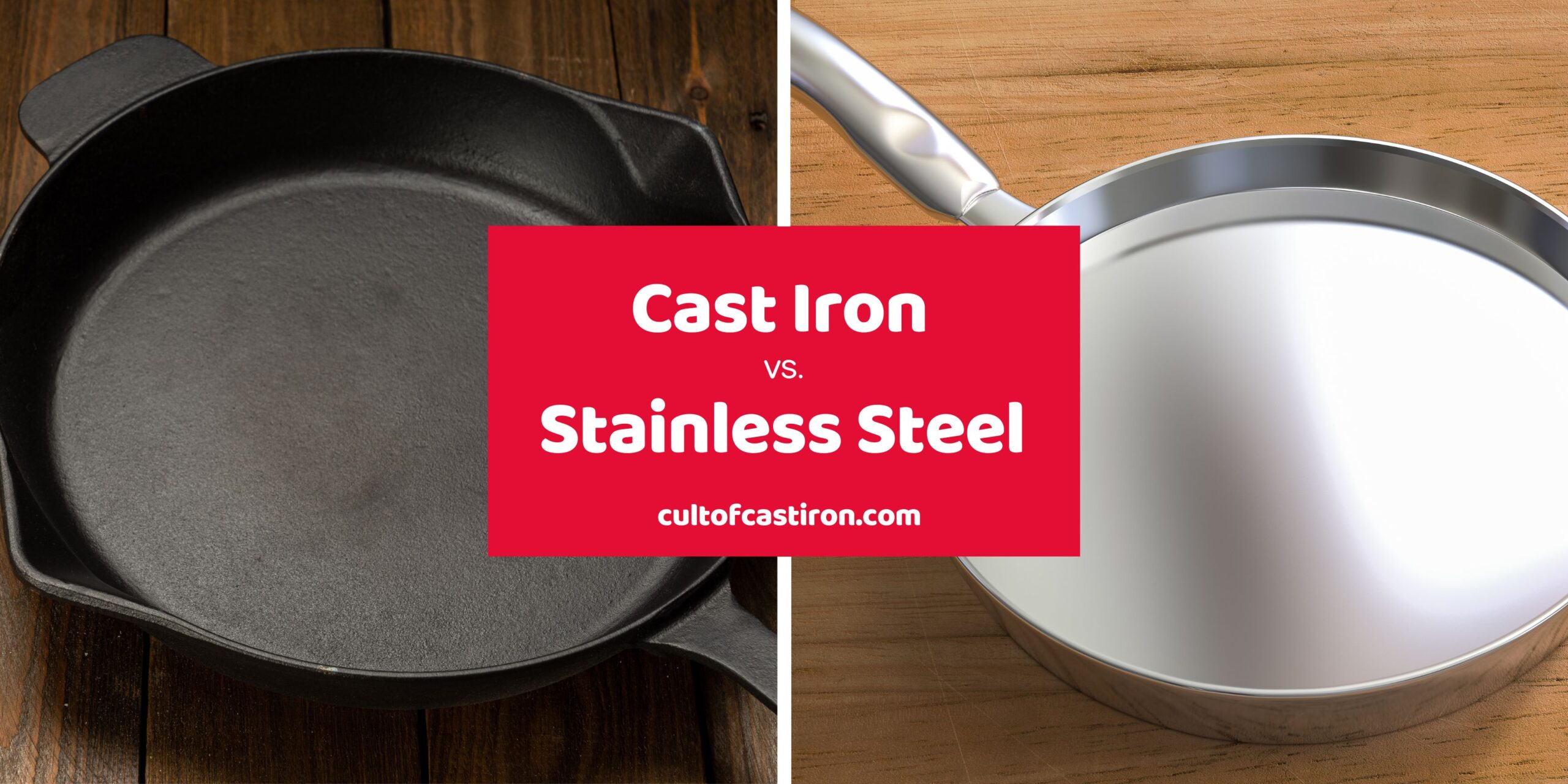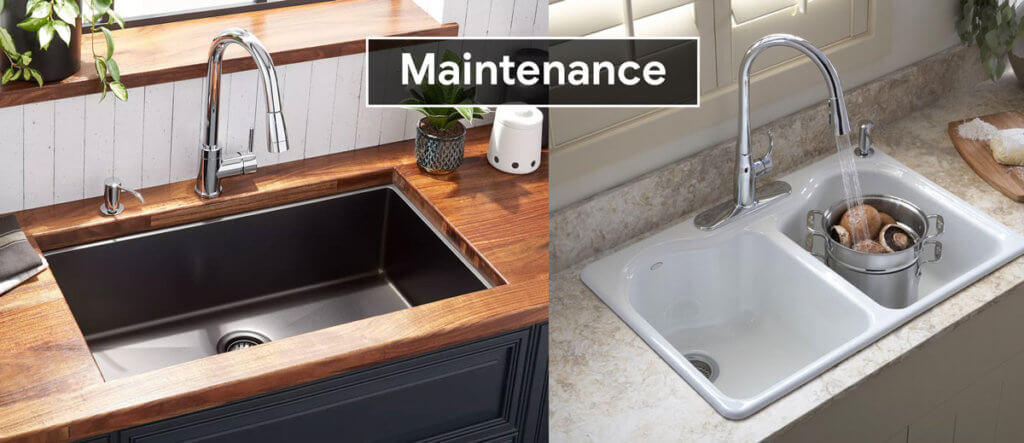

#CAST IRON VS STAINLESS STEEL PAN HOW TO#
Really avoid using this and if you do use a little bit of water (never soap) dry thoroughly and place on stovetop to fully dryĪccording to the Made in Website, this is how to properly clean a carbon steel pan":

Water and soap are the enemy of carbon steel. It will take longer to warm up and take longer to cool down, but at its peak, it will remain very hot for longer too which also helps cast iron cook evenly ….Ĭarbon Steel: Water and soap will strip the pan of its seasoning and will completely hinder its nonstick properties.

BUTĬast Iron: Cast iron retains heat better. because its surface is smoother than most cast irons most properly maintained carbon steel pans can be more non-stick than cast iron (but read how to care for them as this can make the difference between a very nonstick surface and a sticky disaster!)Ĭast Iron: a well seasoned cast iron can also be virtually fully non-stick without any added chemicalsĬarbon Steal: heats up and cools down much more quickly than cast iron. they are generally better at this than carbon stealĬarbon Steel: while it requires you season it with oil…. Their weight and thickness, however is what helps cast iron cook so evenly …. It will also leach more iron (although less than carbon steel)Ĭarbon Steel : lighter than cast iron cookware but heavier than stainless steel cookware. Careful with carbon steel pans that are too light and thin because these are known to warpĬast Iron: heaviest. Avoid cooking highly acidic foods like tomato sauces and stewsĬast Iron: high acidic foods (like tomato sauce) should also be avoided. This can be favorable if you are anemic (I am) but if not, you should rotate pans with other safe options (which you should always do regardless!)Ĭast Iron: Yes, but….it can leach small amounts of iron, while I have not seen any studies comparing the two it seems that cast iron would leach slightly less iron than carbon steel (carbon steel is more sensitive to acidic food… more below) This can be favorable if you are anemic but if not you should rotate pans with other safe optionsĬarbon Steel: Carbon steel is much more reactive to high acidic foods and will increase iron leaching if exposed. ( ferric iron/ non-absorbable vs ferrous iron/ natural form in foods)Ĭarbon Steel: Yes, but…It can leach small amounts of iron. Composition:Ĭarbon Steel: Typically comprised of about 99% iron and 1% steelĬast Iron: Typically comprised of 97-98% iron and 2-3% steel This is more a review of carbon steel as a material from a toxicity stand point and a comparison to the pan which is most similar to it (and which I love) cast iron. I’ll start with this disclaimer: I have not cooked with carbon steel and so cannot speak to its efficiency or ease or non-stick capabilities… for this article I am relying on user reviews and culinary trade reviews for those categories.

This is why I highly recommend you stay away from just using ONE material in your kitchen instead, mix things up and rotate your cookware among these safe alternatives ( I also have one ceramic pan made by Xtrema)īut, what about carbon steel? Is there a place for carbon steel in a non-toxic kitchen? While these are the materials I use at home for cooking and recommend to my clients, it is important to understand that even with these materials, there are some potential leaching issues (cast iron can leach iron, stainless steel could leach a bit of nickel or chromium etc). For years I have recommended stainless steel, cast iron and glass for cookware.


 0 kommentar(er)
0 kommentar(er)
